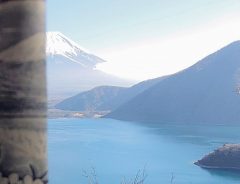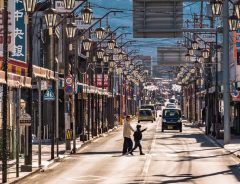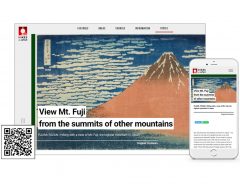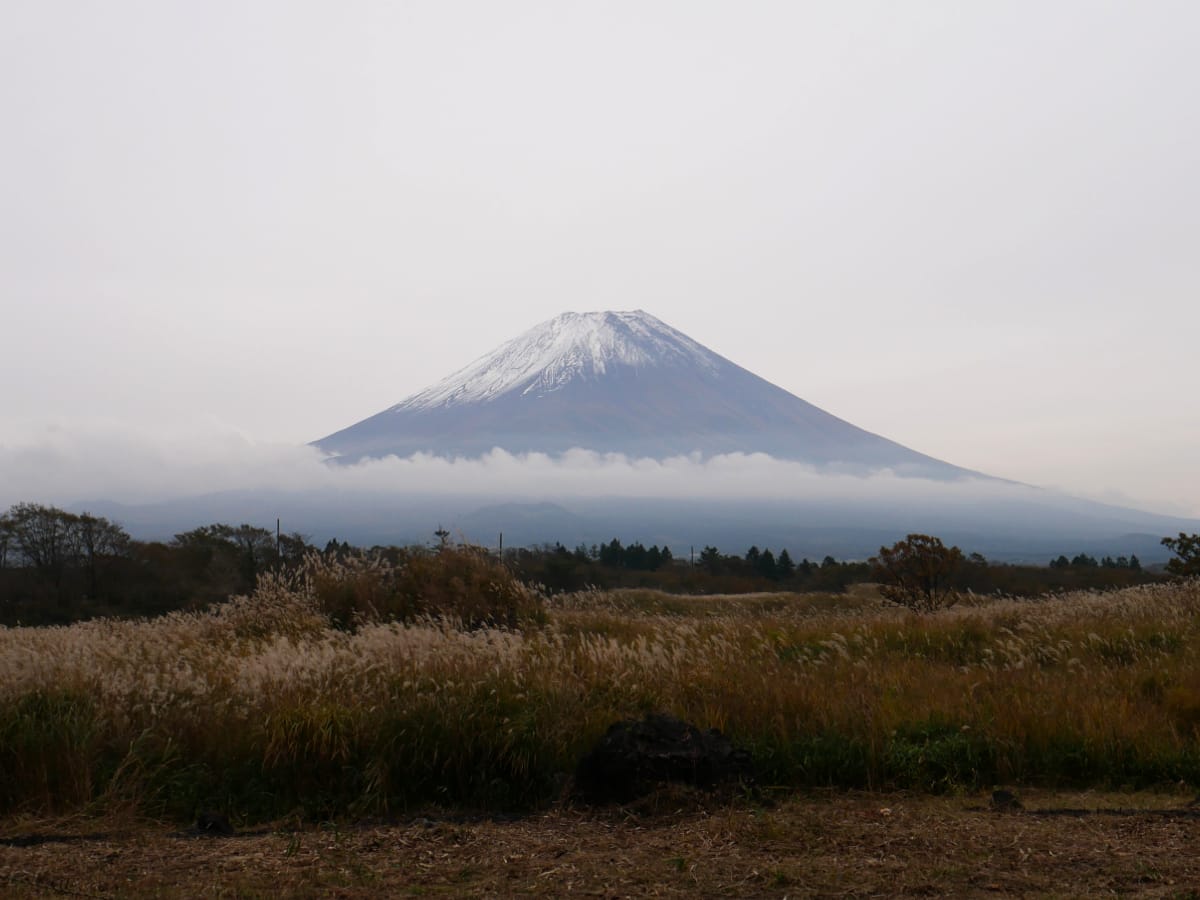- Tags:
- Hiking / mountain climbing / Mt. Fuji
Related Article
-

This Outdoorsy Cat Loves Taking Hikes, And Will Even Take Lead On The Trail!
-

Mt. Fuji Soy Sauce Dish Brings The World Heritage Site To Your Dinner Table
-

10 Photos That Prove Japan’s Natural Beauty is Not of This World
-

Viral photo perfectly shows vantage point for Mt. Fuji in 1000 yen note
-

Mt. Fuji could swallow this city whole
-

The best mountain peaks to view Mount Fuji from? HIKES IN JAPAN has all the details



Soon, it will cost you more than just a tiring overnight hike and climb to reach Japan’s highest point.
A meeting was held amongst a special committee from the Fujisan World Cultural Heritage Council in Tokyo on February 17 regarding the struggle to keep the mountain clean and safe. With the high influx of visitors to the mountain every year, the council has been troubled with the costs of renovating mountain huts, ensuring pathways remain safe, keeping aid stations running and the costs of general conservation.
The meeting brought up the issues of climbing costs and concluded with the committee in full agreement that entry fees for climbing the mountain should be made mandatory.
The special committee belonging to the Fujisan World Cultural Heritage Council who held the meeting is composed of representatives from both Yamanashi and Shizuoka prefectures, as well as mountain climbing and environmental experts.
The team expects that official approval of the mandatory fees will be made by the council during another meeting which is to be held in March. Following approval, details regarding the fee amount and how it will be collected will be decided by the end of the 2020 fiscal year. The team aims to have the mandatory climbing fee operational by the summer of 2022 at the earliest.
The Fujisan World Cultural Heritage Council previously set up a donation system in 2014, whereby climbers are asked to pay an optional fee of 1000 yen when they pass the mountain’s fifth station. However, only a minority of climbers actually choose to pay the fee, which has made keeping the mountain clean and safe for everyone difficult.
According to the Yomiuri Shimbun, members of the committee agreed that the current donation system is both “unfair and unsuccessful,” and that the mandatory fee that is to be drawn up should be “calculated backwards from the maintenance costs of Mount Fuji.”
Last year, 67.2 percent of climbers from the Yamanashi entrance and 67.4 percent from the Shizuoka entrance paid the non-mandatory fee during the mountaineering season; an increase in the percentage that provides promise for the future outlook of the mountain.
Mount Fuji is one of Japan’s many UNESCO World Heritage sights and is both Japan’s tallest mountain and the country’s highest point. Standing at a height of 3,776 metres (12,389 feet), it is no wonder why so many people obsess over peakbagging Fuji’s summit. Unbeknownst to most, the mountain is actually an active volcano, having last erupted on December 16, 1707 and has been an ongoing inspiration to authors, artists, poets over the centuries.
The mountain’s trails and pathways are closed during the winter, but come the middle of summer, between the months of July and August, the snow clears and makes way for thousands of enthusiastic climbers desperate to reach its peak.
National Geographic estimates that roughly 400,000 people, both domestic and foreign attempt to reach Mount Fuji’s summit each year. There are four main climbing routes up the mountain, each with numbered stations dotted along their routes, with the tenth station being the summit. Most climbers start at one of the fifth stations which are reachable by car or bus. An ascent up the Yoshida trail, the most popular route can take anywhere in between five to seven hours and some climbers may feel the need to stay in one of the mountain huts. A large majority of climbers come to see the sunrise from the peak, making their journey in the dead of night.
By - Connie Sceaphierde.